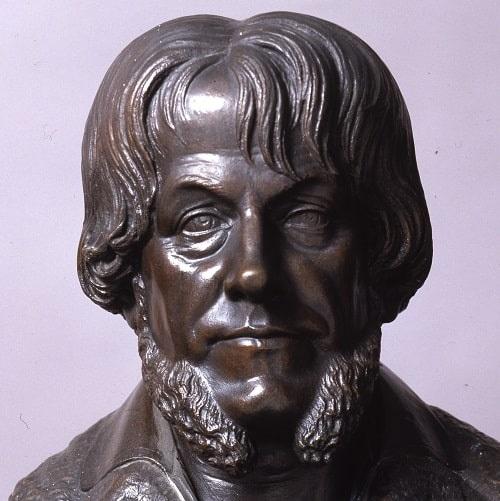John Conolly was born at Market Rasen, Lincolnshire; his father came from Castletown in Ireland. His first employment was as an ensign in the Cambridgeshire militia. After four years’ service he married and lived for a year in France. However, the need to earn his living compelled him to take up medicine and, after a further four years’ study, he graduated as M.D. at Edinburgh University, choosing insanity as the subject for his inaugural dissertation. After short periods of practice at Lewes and Chichester, he settled in Stratford-on-Avon for five years. He took a prominent part in municipal affairs, being twice elected mayor. In 1827 he started to practise in London, obtaining the professorship of the practice of medicine at University College in the following year. While in London, he published a useful work, Indications of Insanity (1830). But, in spite of his friendship with Lord John Russell and other eminent men, Conolly failed to make his name as a practitioner; nor was he distinguished as a professor. Returning to the Midlands in 1830, he spent the next eight years at Warwick. In this period, he was inspecting physician to the county asylums, a post that he had held while in Stratford. He wrote several articles for the Cyclopaedia of Practical Medicine, and co-operated with Hastings and Forbes in founding the Provincial Medical and Surgical Association, with which, as the British Medical Association, he remained in close and honoured connection. In 1839, after a year in Birmingham, he was placed in charge of the Middlesex Asylum at Hanwell.
His connection with this institution, as resident physician till 1845 and subsequently as visiting physician till 1852, raised his name to the top rank of his profession and made it permanent in the history of the treatment of the insane. For Conolly whole-heartedly adopted the most advanced practice of the day, the " non-restraint " system originated by William Tuke and already followed by Charlesworth and Gardiner Hill at Lincoln. The significance of Conolly’s action lay in the scale on which he applied the system at Hanwell and in the sympathetic attitude which he introduced into the treatment of mental disorder. Within twelve years of his abandonment of all mechanical restraints at the Asylum in 1839, a revolution had been effected in the care of the insane in England. To Hanwell Conolly brought two qualities, enthusiasm and administrative ability which, inadequate as they had proved to compensate for his deficiencies in judgment and patience in other spheres, were invaluable in overcoming every difficulty confronting his reforms. Thanks to his success, insanity came to be studied as a disease and not as a crime. Conolly, in his later years, established a large consulting practice and managed a private asylum in the village of Hanwell. His principal works were On the Construction and Government of Lunatic Asylums (1847) and The Treatment of the Insane without Mechanical Restraints (1856). He gave the Croonian Lectures, on mania, at the Royal College of Physicians in 1848-49. He married Elizabeth, daughter of Sir John Collins, and died at Hanwell.
G H Brown
[Lancet, 1866; Sir James Clark, Memoir, 1869; B.M.J., 1866; D.N.B., xii, 26]

